
These academic fields were previously aligned with prevailing economic and professional demands. However, shifts in industry requirements and educational priorities have diminished their relevance. Read on to discover 20 American fields of study that may no longer deliver the value they once promised.
Phrenology And Personality Measurement
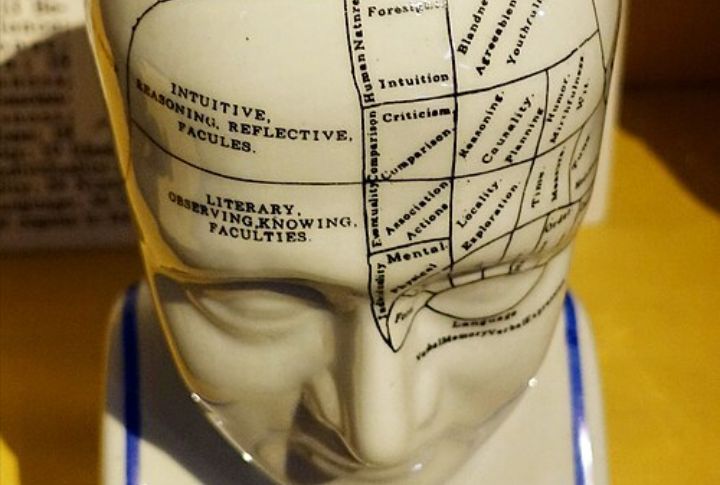
In 1840, New York, Orson and Lorenzo Fowler ran a bustling phrenology office where heads were read like horoscopes. American colleges, such as the American Institute of Phrenology, issued diplomas. The claim was that skull bumps revealed morality. Reality? Discriminatory junk science—laughed off by psychologists and buried under modern neuroscience textbooks.
Home Economics And Domestic Skills
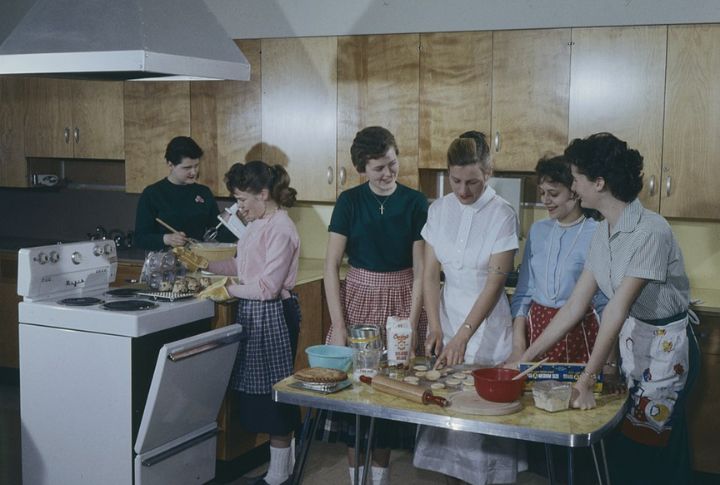
Iowa State University handed out Bachelor of Science degrees in Home Economics until 1991. The curriculum included budgeting, child development, and sewing—all aimed at building practical life skills. Now known as Family and Consumer Sciences, the field has evolved, awarding approximately 24,357 degrees in 2021–2022 to support careers in education and beyond.
Stenography And Shorthand Systems
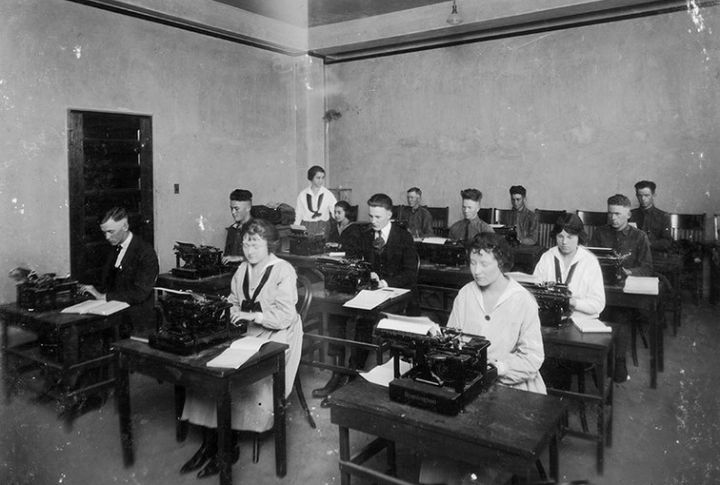
By 1915, the “Gregg Shorthand Manual” was outselling most fiction titles. Stenography majors mastered it at institutions such as the Katharine Gibbs School, their hands twitching at 225 words per minute. Today, even courtrooms use digital stenotype machines or real-time captioning software. The curl-heavy squiggles have now become curiosities for calligraphy blogs.
Classical Latin Language Studies
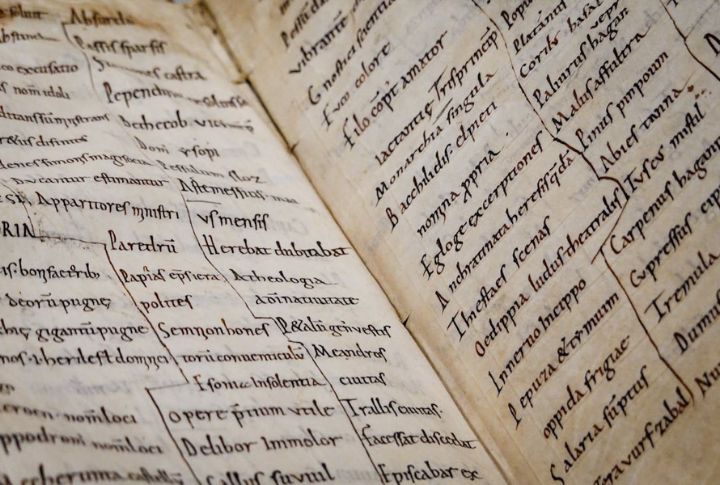
Yale’s 18th-century entrance exams required translating Virgil, and Latin majors once spent semesters conjugating “amo.” While no longer a mainstream path, Classical Latin still holds some value in fields like law and linguistics, with approximately 799 bachelor’s degrees awarded in 2019–2020.
Telegraphy And Morse Code Communication
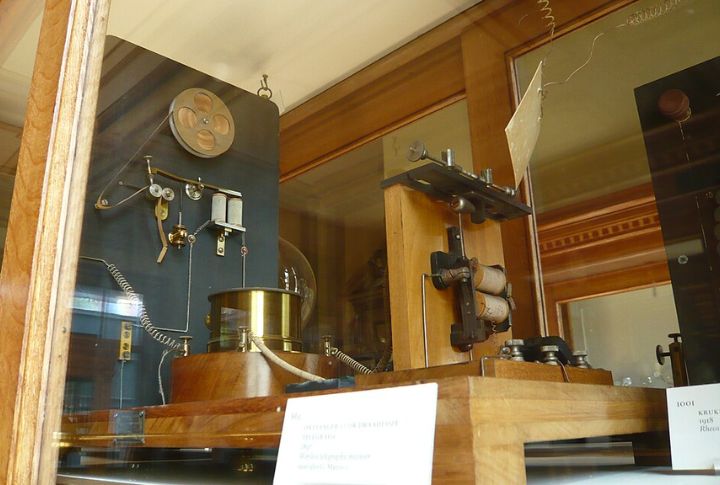
In the past, telegraphy had its own departments in American technical colleges. The American School of Telegraphy in Valparaiso trained professional operators to sync alongside time zones and decode maritime disasters. Morse code gave way to radio, then satellite. By 2006, even Western Union hit Ctrl+Alt+Goodbye to its telegraph services.
Slide Rule Mathematics Training
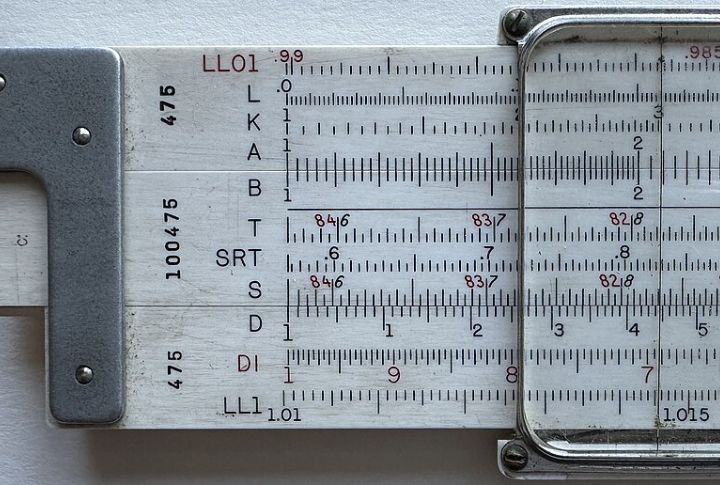
For much of the past, engineering and science students learned to handle calculations using slide rules. That changed when calculators and specialized software proved more efficient. Now, the slide rule survives only as a historical artifact, absent from the core tools of modern education.
Secretarial Science And Office Administration
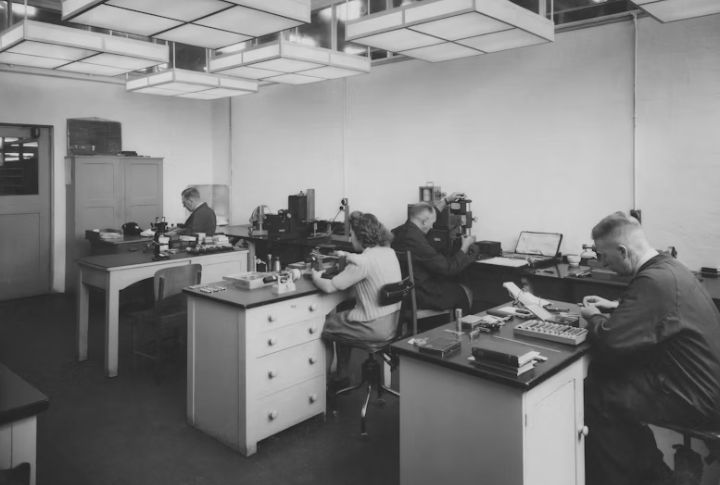
At the Katherine Gibbs School, students mastered Royal typewriters and rotary switchboards; posture checks and timed dictation drills shaped their training. Today, Secretarial Science has evolved into modern administrative roles, adapting to digital tools such as spreadsheets and Slack.
Manual Drafting And Blueprint Design
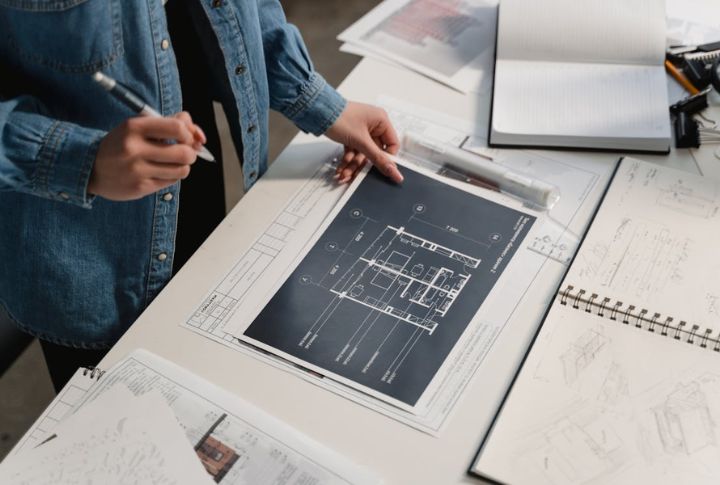
Earlier, engineering students at Cal Poly learned to draft blueprints with T-squares and vellum. A good draftsperson had steady hands and even steadier patience. AutoCAD and SketchUp now manage to complete in seconds what used to take hours. Drafting tables slowly became furniture for architecture school lobbies and film props for retro labs.
Commercial Illustration For Print Ads

Long before Photoshop, students at Detroit’s College for Creative Studies used ink and gouache to handcraft precise product ads. As photography and digital design rose, those traditional methods faded. Still, commercial illustration lives on, now fused with advanced tools. The U.S. print advertising market could hit $2 to $15 billion by 2029, according to Data Insights Market.
Horse Management For Pre-Car Transport

In 1904, the University of Missouri offered courses in equine dentistry, wagon load balancing, and hoof care under its Horse Management program. Earlier vital for transportation, the field has evolved into a thriving equine industry focused on veterinary and recreational programs.
Educational Media And Instructional Film
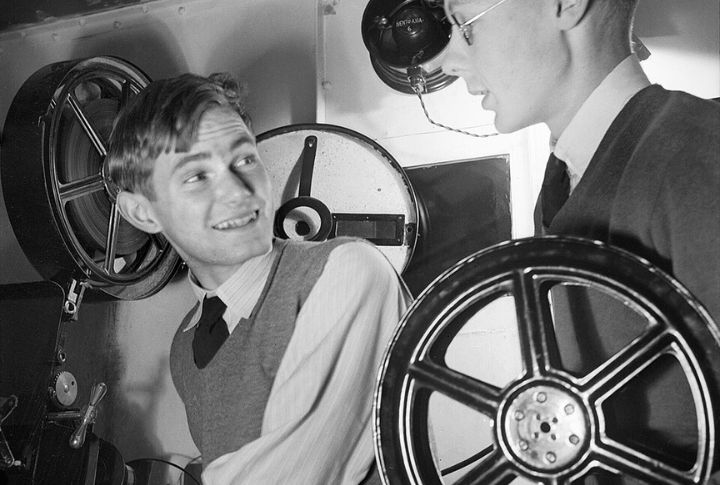
Back in 1965, Educational Media majors at Indiana State learned to thread 16mm projectors and handle overheads like pros. However, as classrooms moved online, the major lost ground as modern EdTech evolved, eventually leaving behind the degree itself. Today’s tools are smarter, with platforms such as YouTube taking center stage, and the original field has little place in them.
Printing Technology And Typesetting
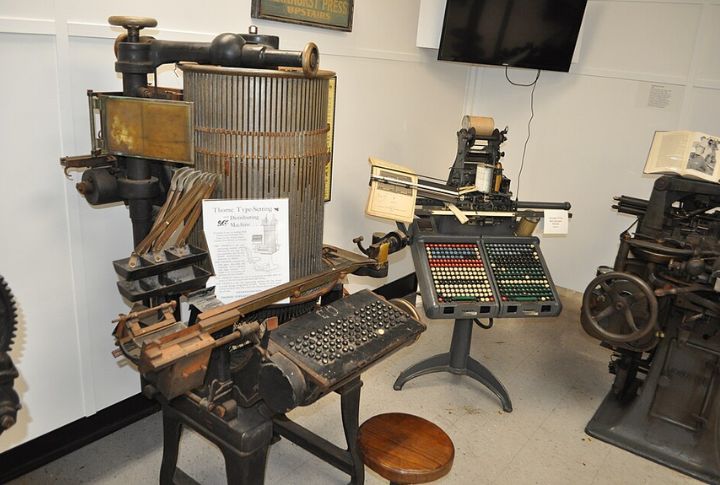
Students at Carnegie Tech back then arranged tiny metal letters by hand, pressing out flawless pages with heavy machinery. That slow, precise craft faded as offset printing and desktop publishing rose. Though typesetting became obsolete, WTPBiz estimates the global printing industry will reach $960 billion in 2025, driven by speed, efficiency, and digital innovation over tradition.
Vacuum Tube Electronics
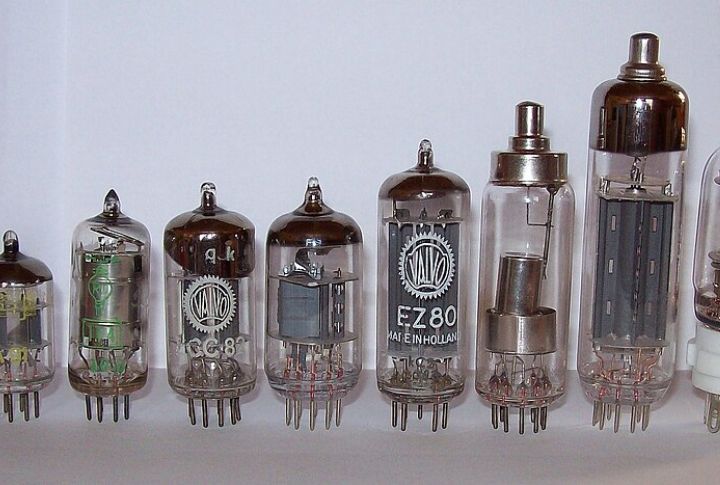
In the mid-20th century, vacuum tubes dominated electronics classrooms and consumer devices alike. The arrival of semiconductors reshaped the field, leaving tube systems largely obsolete. This change drove educational programs to pivot toward up-to-date components that better matched the direction of modern electronics.
IBM Punch Card Programming
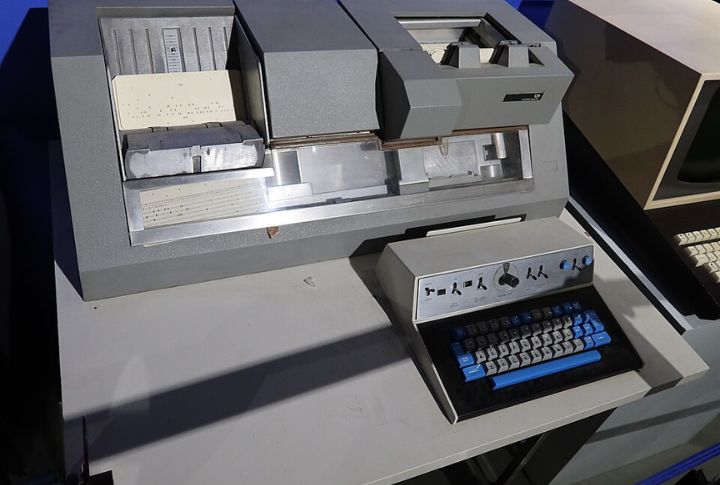
Hunched over stacks of punch cards at MIT, students programmed by punching precise holes in stiff cardboard. Each card held a line of code that was fed into machines as large as kitchen stoves. One dropped card could ruin hours of work. By the 1980s, keyboards and screens became the tools for coding, which eliminated these fragile, noisy artifacts.
Dramatic Elocution And Theatrical Speech

At Carnegie Mellon, students were once trained in formal elocution—crisp diction, grand gestures, and rigid vocal drills. Over time, naturalistic acting replaced the need for such stylized speech. Though still present in syllabi like Trinity College London’s, dramatic elocution doesn’t play a major role as a distinct discipline in modern performance training.
Records Management And Filing Systems
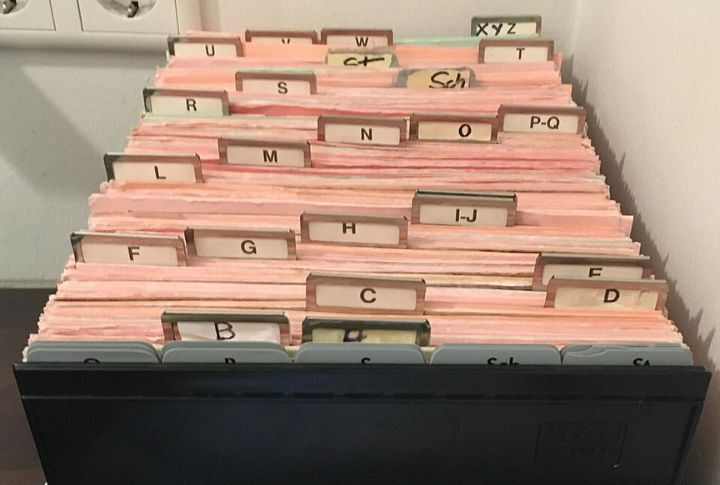
Business schools taught filing systems using carbon copies and paper index cards before the advent of digital databases. Students mastered cross-referencing and managing vast filing cabinets, skills essential for corporate America’s paper jungles. When the digital age arrived, electronic filing became standard.
Map Drafting And Cartography Tools

Engineering and geography programs formerly trained students in manual map drafting using compasses and oversized paper sheets. Cross-referencing physical overlays was a core skill. As GIS software like ArcGIS took over, electronic tools replaced manual methods.
Teletype Operation
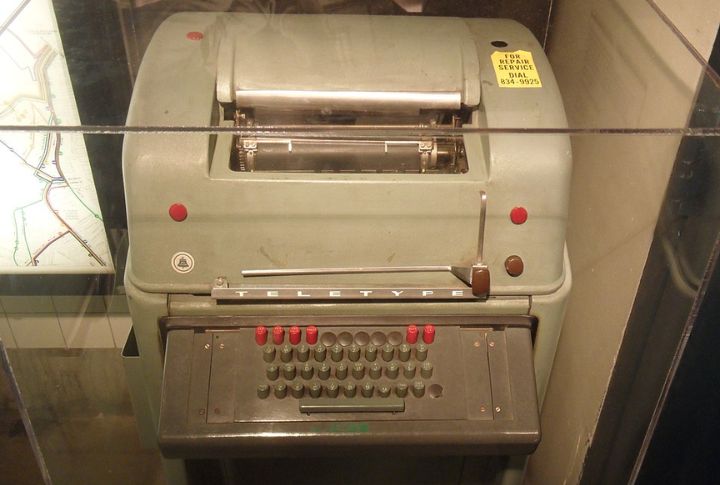
A former mainstay for transmitting messages in business and newsrooms, teletype machines gradually lost ground to faster, more versatile tools like fax, email, and instant messaging. With this shift in communication, their use declined, prompting educational programs to adjust and move away from training in teletype operation.
Coal-Fired Locomotive Engineering
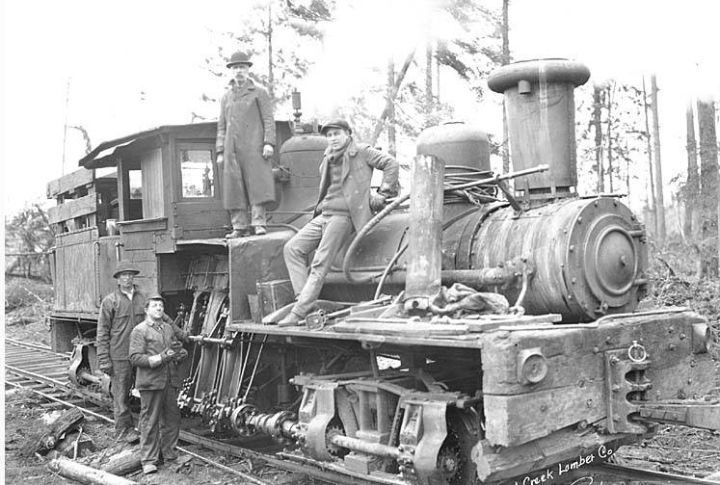
Coal-fired locomotive engineering once served as a transportation cornerstone but has been superseded by modern engines. Today, the knowledge is preserved mainly by heritage railways focused on maintaining and showcasing steam-powered trains for historical and educational purposes.
Analog TV Broadcast Engineering
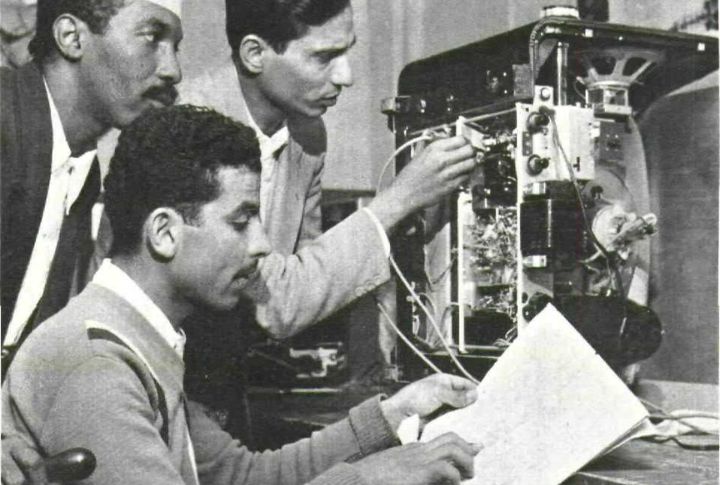
The shift from analog to digital broadcasting rendered traditional analog TV engineering outdated. By 2009, the U.S. had fully phased out analog transmissions, prompting educational curricula to evolve and concentrate on digital technologies that offer enhanced picture quality and signal reliability.

